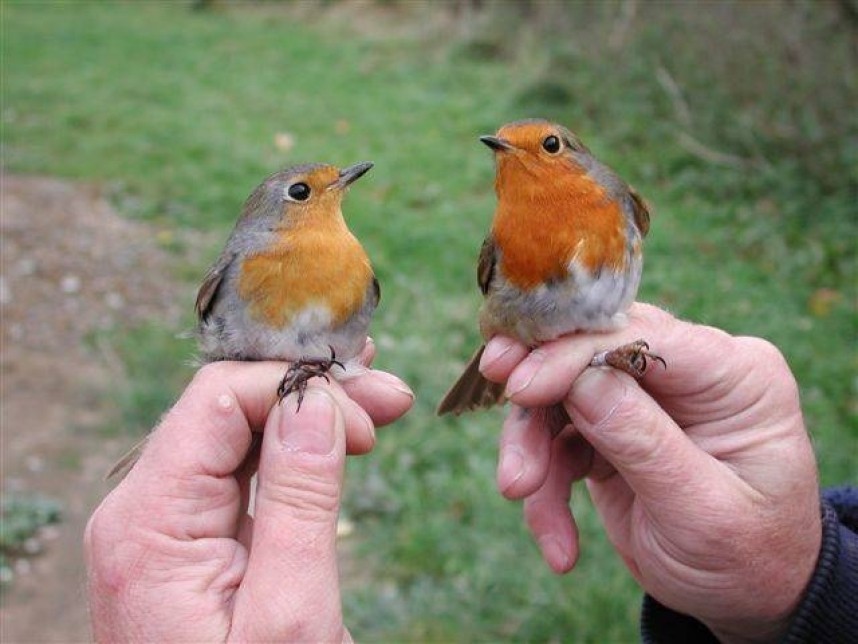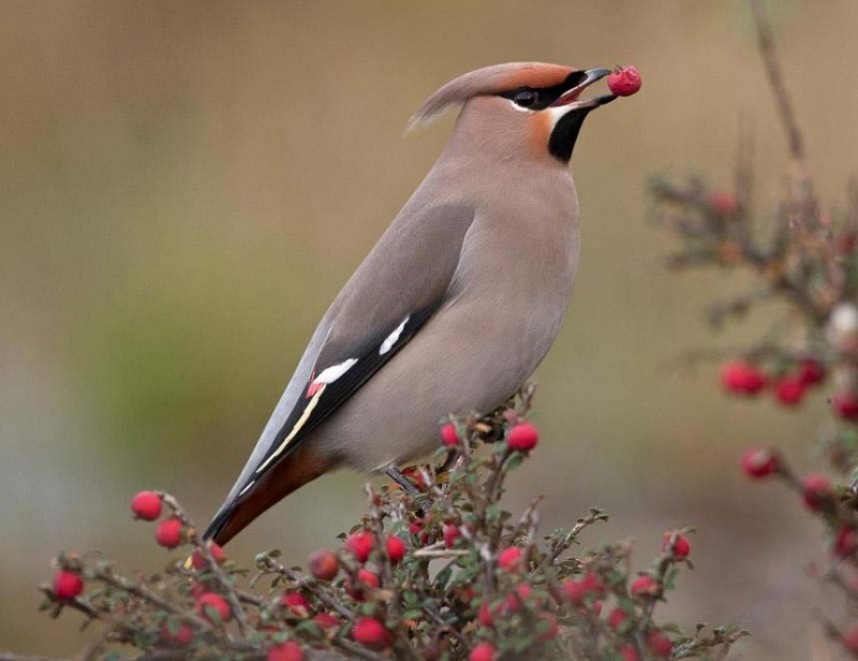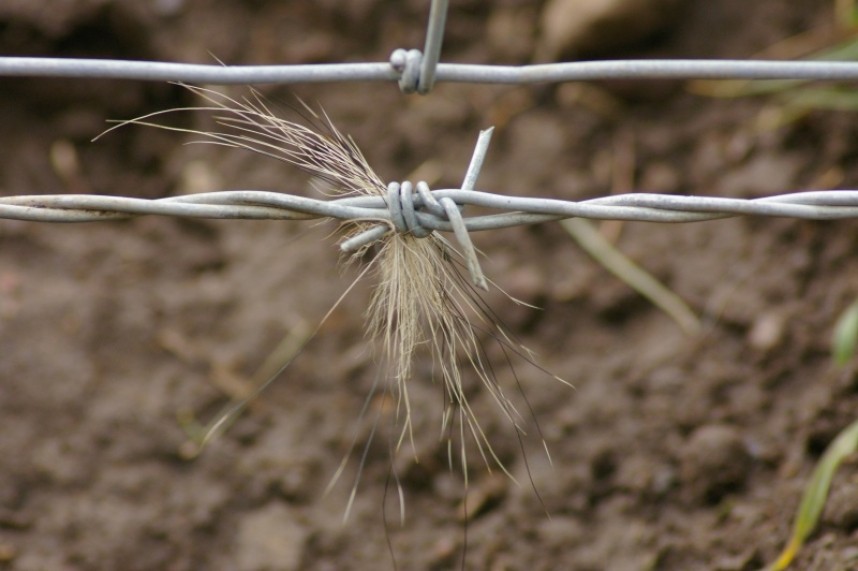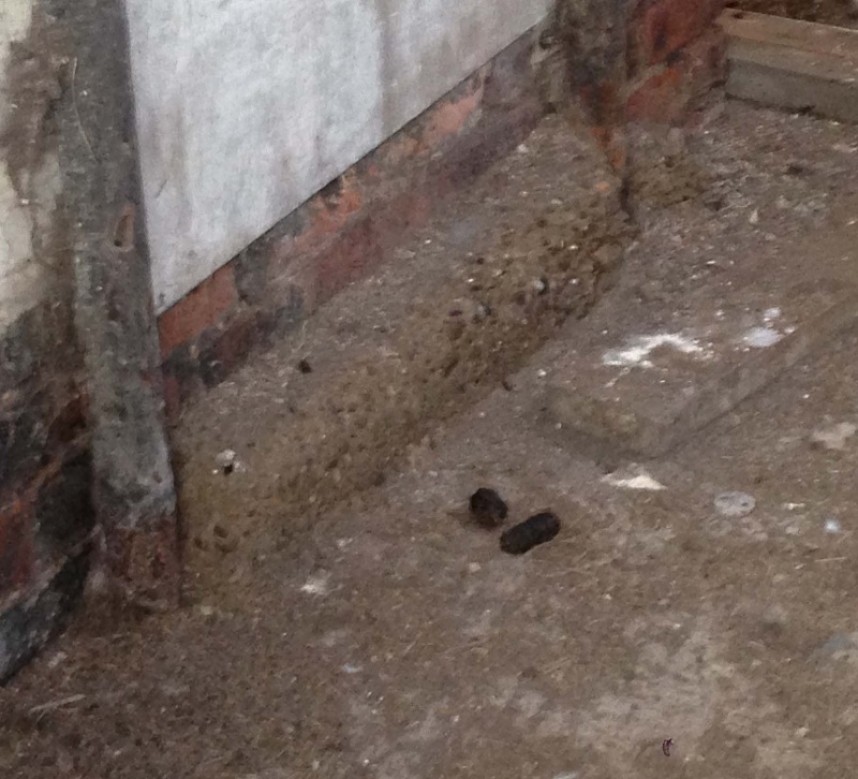What To Look Out For - November 2016
In our mild temperate maritime climate, autumn often slowly merges with winter as October comes to a close and November arrives. In the colder days many birds and other animals come closer to towns and into our gardens or in search of food. The berry harvest in the wider countryside is beginning to be depleted as waves of migrant thrushes arrive on our shores hungry after the long North Sea crossing.
This wonderful migration spectacle involves millions of songbirds moving west and south throughout Yorkshire having arrived on the east coast in October or early November. Your garden British Robin may well be joined by continental birds that are here for the winter. Some of these birds move even further. A Robin caught and ringed at Flamborough on the 10th October 1993 was found only four days later in the Manche district of France! The way to tell them apart is by looking at the intensity of orange on the breast and sometimes a greyer overall tone to the colour of the upperparts of the bird. This photo below shows both British (right) and continental (left) side by side. There is no difference in size between the two.

Continental Robin and British Robin © Martin Garner
Another bird to look out for in your garden in November is the gorgeous Bohemian Waxwing. These stunning birds arrive each winter from Scandinavia and western Russia often in small numbers but occasionally in their thousands. They love the warmth and range of exotic berries on offer in towns and cities. Look out for them on bushes such as Cotoneaster in many towns such as York, Scarborough and Beverley. They can often be very tame allowing approach for photos in their splendid dress.

Bohemian Waxwing © Steve Race
November is a great month to look for animal signs. Almost everywhere you may walk there may be a message left by an animal that they were there not long ago. Look out for Badger hair on barbed wire especially close to setts or on their regular paths which can be clearly marked lines of trampled grass or compacted earth. The distinctive colour of their hair; black, grey and white is often a good indication it’s a badger.

Badger hair © Dan Lombard
Many people love Barn Owls but we don’t often know when they are close by. One way to detect them is by looking for their pellets which they regurgitate from their stomach in the same way as cats do. After eating small mammals or other prey it takes about 6 hours for digestion before they have to cough up the indigestible items through their beak. The pellets are like a short fat sausage up to 5cm long the photo below shows two pellets on the floor of an old garage where the barn owl has been roosting overnight. When the pellets are fresh they are often darker black in colour and slightly damp and you can often see bones sticking out from the hair. For more information on Barn owls visit the Barn owl Trust web site here.

Barn Owl pellets © Richard Baines
Richard Baines YCN



 Back to Blog
Back to Blog
